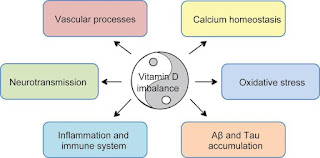Does Variability of Brain Blood Flow Increase Stroke Risk in Stroke Survivors and After TIA?
Stroke is the second leading cause of death worldwide, and high blood pressure (BP) is the most important treatable factor that increases a person’s risk of having a stroke.
Stiffness of the blood vessels supplying the brain (arterial stiffness), possibly due to long-standing raised BP, is also likely to be a factor that increases stroke risk. Such increased arterial stiffness results in the blood flow through these vessels being more pulsatile (throbs faster) than usual, and this increased pulsatility can be assessed by an ultrasound scan.
This research is focused on assessing the relationship between the pulsatility of the blood flow through the blood vessels supplying the brain, and the risk of stroke in patients who have already had a stroke or “mini-stroke” in the past, and in particular to see if this relationship can be explained by raised BP alone.
The Oxford Vascular Study (OXVASC) recruits all patients with stroke or “mini-stroke” from a single population, and shortly after such an event, participants undergo multiple investigations including an ultrasound assessment of the pulsatility of the blood flow to the brain. They are provided with a home monitor that sends results wirelessly to the OXVASC research unit which facilitates detailed measurement of BP, and are followed up at regular intervals to assess for possible recurrent events.
The OXVASC study represents an ideal opportunity for this project to investigate the risk of stroke associated with BP and arterial stiffness. This could allow us to better assess patients’ risk and identify possible new treatments for reducing arterial stiffness and stroke risk.




Comments
Post a Comment